
Spider Donut for President (The Bots Agree)

Welcome to Friday, futurists.
Remember Hot or Not? If not, you’re probably better for it. Before Myspace, before Facebook, before Instagram, in the early 2000s, this website was the place where you went to rate strangers’ faces for sport. In short, are you a loser?
Well, we’ve upgraded (downgraded?). Welcome to the Bot-or-Not era. But instead of rating animal attraction, we’re trying to figure out if the person cancelling your favorite brand online is carbon or silicon-based.
You’ll see in the stories below this week that twenty-one percent of the internet is fake-mad about things that never happened (ahem, Cracker Barrel and AE), and it's working.
That’s why consumers are novelty seeking, and absurdity is working; it’s a form of authenticity that isn’t easily copied by AI (yet). “Empathy,” strangely enough, is.
So the playbook has flipped. Stop trying to seem authentic. Because in the Bot-or-Not economy, we’re not rating faces. We’re judging your humanity. And in that world, we’re all losers.
— Phillip

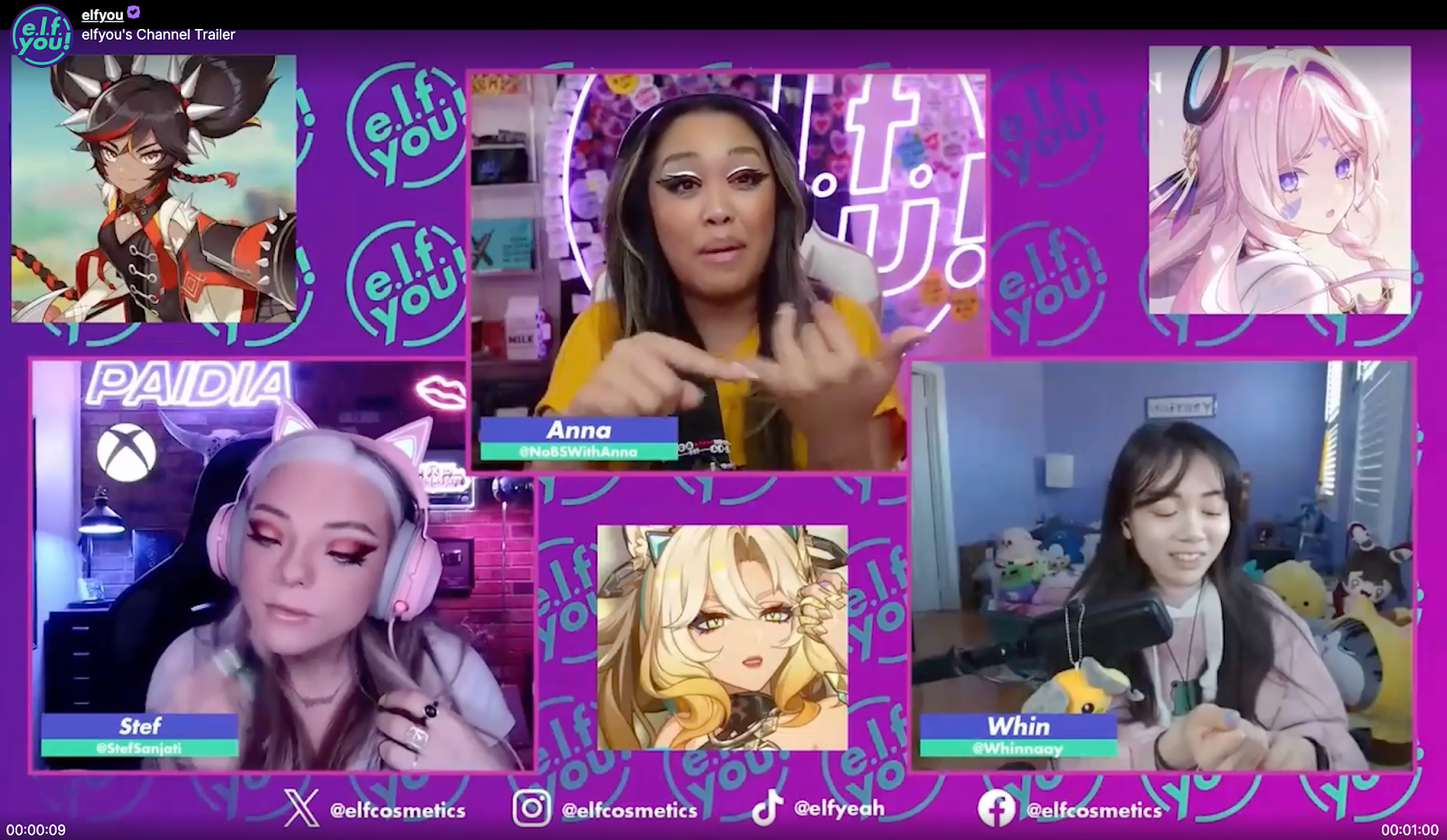
Game On, Glam On. E.l.f. Cosmetics is partnering with Twitch to bring in-stream liveshopping into its Twitch community. Twitch users can now purchase items from the brand directly through streams without interrupting their viewing experience. The makeup brand claims it is the first brand to offer this type of experience, thanks to Amazon Ads, which powers it all using the online giant’s retail media data to target and measure campaigns.
A consistent leader in new advertising formats and storytelling experiences, E.l.f. Cosmetics has been a very early mover in gaming commerce specifically. It has acknowledged the female gamer community as largely underserved, and has used its penchant for strong storytelling to reach this group in an authentic and compelling way. In April 2024, Twitch recorded more than 7.23 million active streamers, and for the entire year, more than 18 billion hours of streaming content were viewed. That’s a lot of time, a lot of attention, and, of course, a lot of monetary value.
Flush with Cash. Mammoth Brands, owner of Harry’s, Flamingo, Lume, and Mando, is acquiring Coterie. Since Frank Yu founded the company in 2019, Coterie has sold more than 700 million high-performance diapers. The company has also expanded its assortment over the years to include wipes, skincare, and swim diapers.
Financial terms of the deal were not disclosed, but Coterie has built a high-value brand: its net revenue exceeded $200 million over the past 12 months, reflecting a year-over-year growth of nearly 60%. The brand is still largely DTC, making its financial success a triumph in and of itself. However, Mammoth has helped its stable of brands expand into truly omnichannel businesses, offering Coterie an entirely new playbook for the future.
The main question on many minds right now, though, is whether Mammoth will fall into the same trap that most holdcos do, which is squeezing the heart and soul out of their brands in favor of scale. (See: Dollar Shave Club’s major gripe with being part of Unilever.)

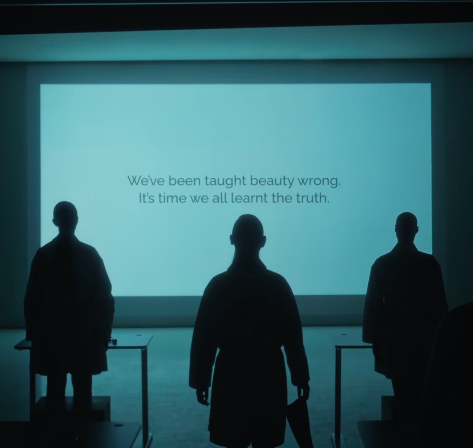
Skinfluencer Takedown. The Ordinary is taking aim at complex skincare routines and social media fads in its latest ad. ‘The Periodic Fable’ is best defined as a short film crafted by Uncommon Creative Studio to challenge how skincare and wellness brands have “hypnotized” consumers into needlessly buying products using complex terminology and pseudoscience.
The scene is a compelling one: students sit, dazed, in a classroom. As they mindlessly perform viral skincare rituals, they’re forced to repeat the skincare Periodic Table of Elements, which is made up of common beauty buzzwords. The lighting creates a haunting, clinical atmosphere. The staccato repetition of the buzzwords creates a feeling of unease. It’s a powerful ad that allows us to challenge an institution, but also ourselves.
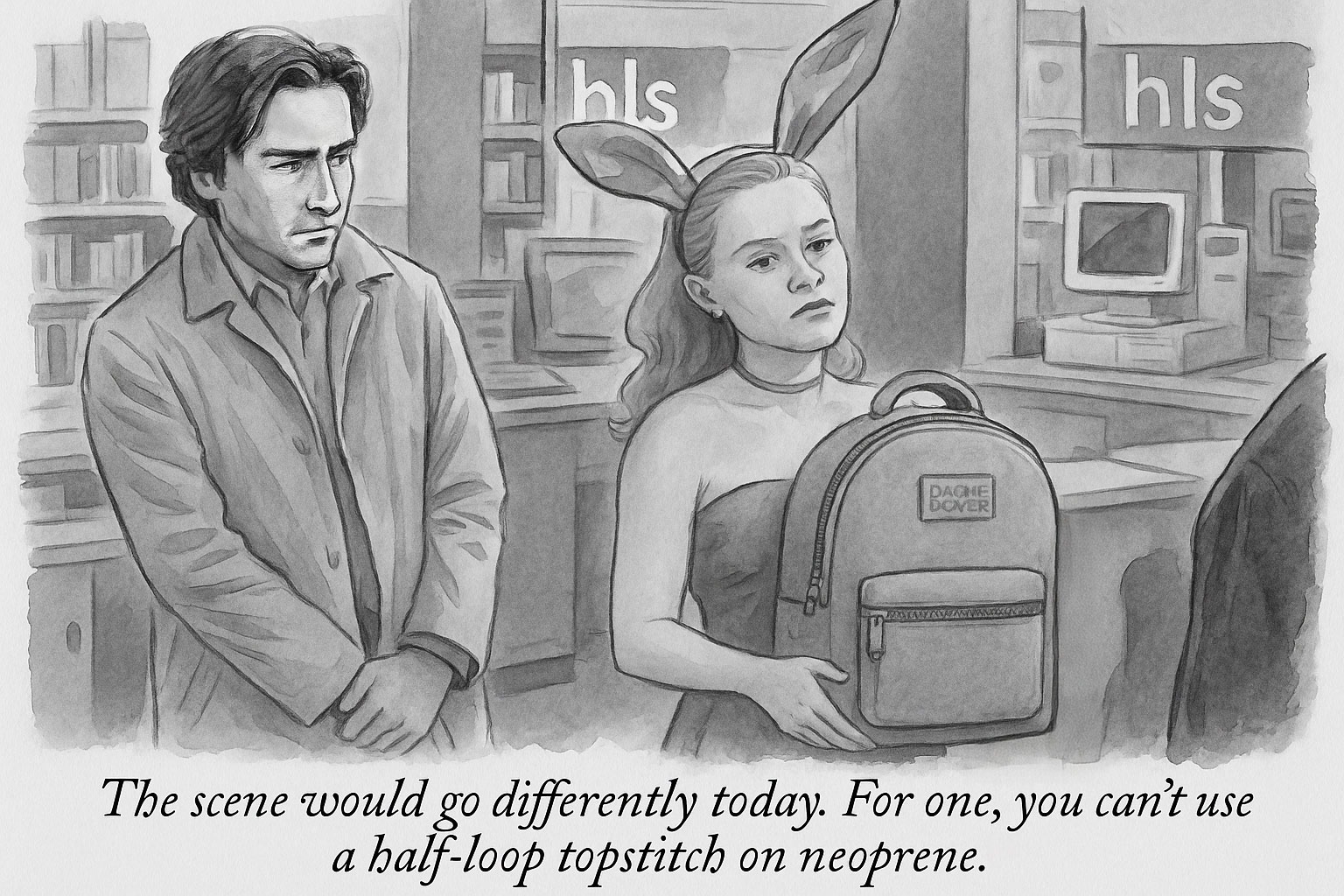
Dagne Dover Goes to School. For some DTC brands, the most obvious path to growth is to partner with big-name retailers like Walmart or Target. But for Dagne Dover, the best route is through more contextual, and arguably less-followed, routes: college bookstores.
Co-Founder and CEO Melissa Mash revealed that the brand is now expanding into secondary and tertiary cities where Dagne Dover has less recognition, but there’s a critical need for its products. Dagne Dover has partnered with 11 campus bookstores, including NYU, Notre Dame, and the University of Pennsylvania. In some cases, the brand sells through Barnes & Noble College shops.
Online registries like Zola and Dicks’s House of Sport have also been valuable partnerships for the brand as it takes a steady and strategic wholesale approach.

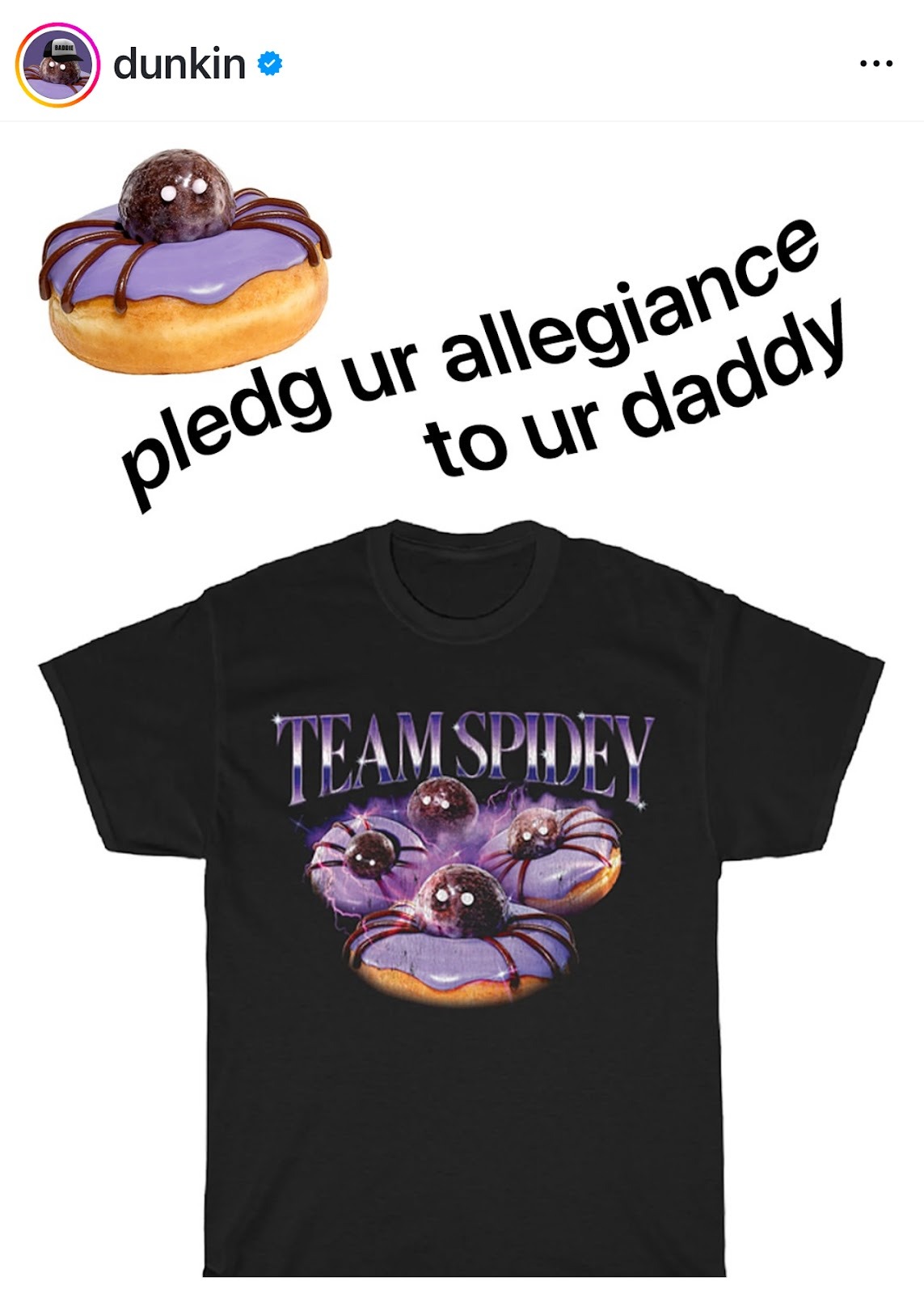
Is the Dunkin Social Team OK? (We Hope Not.) With $13.1 billion in predicted spend on the table this Halloween, brands are pulling out the stops to stand out. Burger King has rolled out an exclusive Monster Menu, McDonald’s has brought back its viral Boo Buckets, and Don Julio is running a global pop-up campaign tied to Día de Muertos. While these are all well and good, Dunkin is turning heads and driving buzz by taking the feral marketing approach…and honestly, we can’t stop watching.
After making its special spider donut the star of its social strategy in 2024, the cutie treat is taking the reins once again and creating a bit of chaos. It all started when Dunkin kicked off Spooky Season with a special themed store design in Salem. Now, Spidey is running the social show.
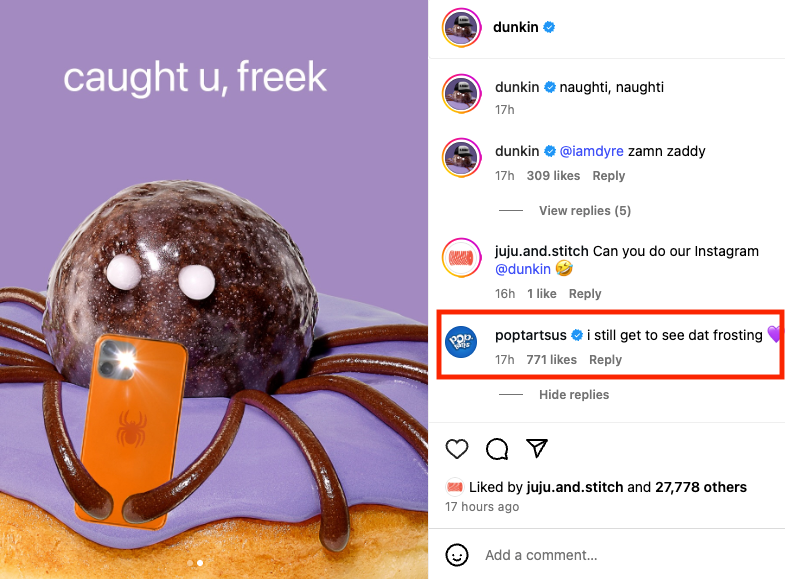
Part brain-rot humor and another part cheeky innuendo, each post is better than the last, and followers are eagerly participating, cheering Spidey on. While the posts alone are a study in modern multiplayer marketing, it’s fascinating to see which brands are joining the fun…and how. In some cases, the dialogue is harmless chatter, but other conversations show that Halloween is prime time for brands to perform badly.
🔮 Dunkin’s Halloween social strategy proves that ‘the hornissance,’ or re-sexualization of brands, is still alive and well. Read our exploration of this idea through our analysis of Boy Smells, Flamingo Estate, and other brands.


Under the Hood of the Outrage Machine. An AdAge article has confirmed what we’ve been discussing for a while at Future Commerce: much of the brand outrage on social media is bot-generated, and it’s becoming a growing problem for marketers.
The article points to a report from Cyabra, which concluded that a fair share of outrage shared over Cracker Barrel’s new logo was indeed manufactured: of the 3,265 accounts on X that posted about the company between Aug. 17 and 23, 21% of them were fake.
Bot-generated feedback is stoking the social media hive mind, riling up users with their critique and conspiracy theories that fan consumer outrage, encouraging them to amplify their feelings. While this hamster wheel of toxicity is indeed a big part of the problem, we discussed on the pod how brands are actively adopting “one-round game” tactics that drum up temporary controversy and outrage, generating the attention and KPIs they want, but without the long-term brand damage. We pointed to American Eagle as a prime example after CMO Craig Brommers reported that its campaign with Sydney Sweeney was highly successful and, most recently, that “doing nothing” was the best response to social media outrage.
Brand Safety Rebellion. Meta has lost its brand safety accreditation from the Media Rating Council (MRC) after withdrawing from the independent non-profit’s audits, according to new reports from ADWEEK. MRC conducts these audits to establish industry standards for brand safety and ensure the accuracy of media measurement and advertising metrics.
Facebook’s feed and Instagram’s feed both received accreditation for content-level brand safety this past June, with MRC essentially approving both platforms’ ad inventory for brands. At the same time, MRC renewed its content-level safety accreditation for Facebook’s in-stream video.
Senior Tech Reporter Kendra Barnett noted that although Meta said it plans to focus on “third-party audits,” the withdrawal reflects the company’s “evolved, more lax approach to content moderation and brand safety.” Earlier this year, Meta chief Mark Zuckerberg announced major changes to the company’s policies, eliminating its fact-checking program entirely.










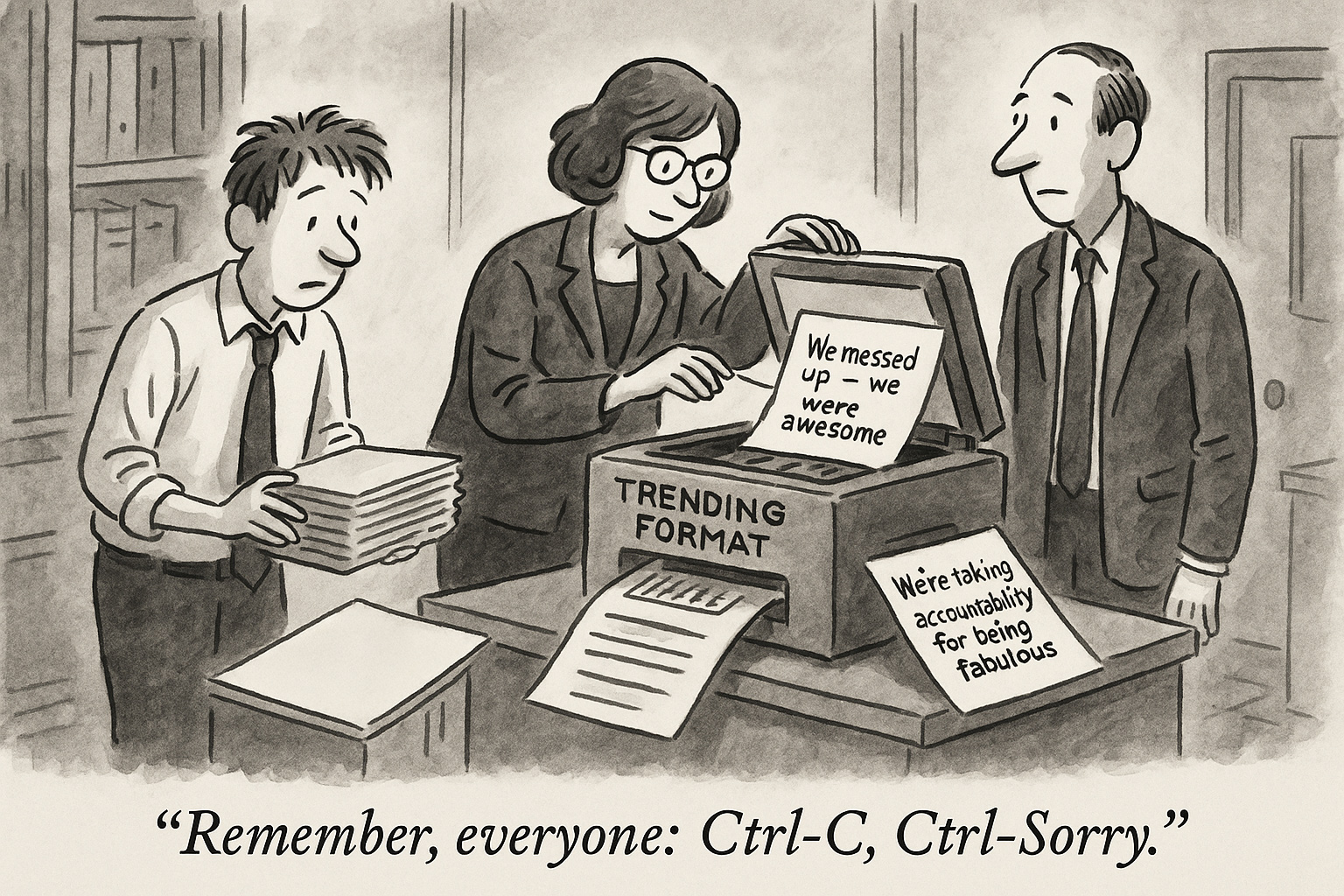
.svg)
